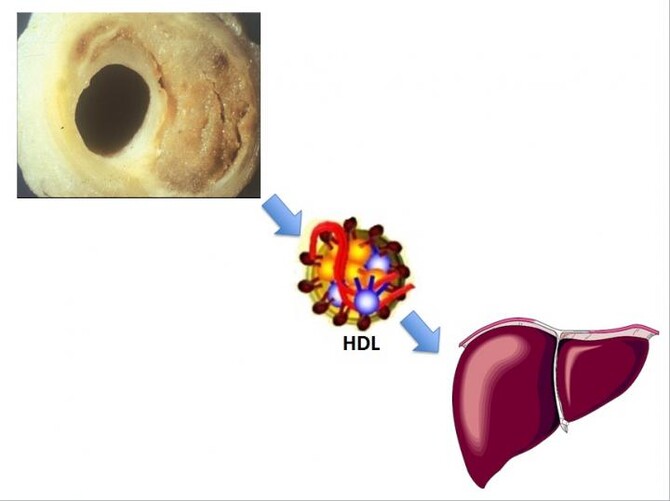Penn Study Shows a Form of Genetically Elevated "Good" Cholesterol May Actually be Bad
The generally accepted medical maxim that elevated HDL cholesterol (HDL-C) is “good” has been overturned by a multi-center, international study, led by researchers from the Perelman School of Medicine at the University of Pennsylvania. They show that a certain genetic cause of increased HDL-C may actually be “bad,” noting that a specific mutation in a gene which encodes a cell receptor protein that binds to HDL prevents the receptor from functioning. The mutation causes an increased risk of coronary heart disease even in the presence of elevated levels of HDL-C or “good” cholesterol. Their findings are published this week in Science.
Previous research raised the possibility that HDL might not be quite as protective against heart disease as generally believed by cardiologists, especially after several clinical trials of HDL-raising drugs showed little or no effect. “The thinking about HDL has evolved recently to the concept that it may not directly protect against all heart disease," said senior author Daniel J. Rader, MD, chair of the department of Genetics. “Our results indicate that some causes of raised HDL actually increase risk for heart disease. This is the first demonstration of a genetic mutation that raises HDL but increases risk of heart disease.”
Rader and his colleagues sequenced the lipid-modifying regions of the genomes of 328 people with markedly elevated HDL (along with a control group with lower HDL) to identify genetic causes of high HDL. One of the genes they focused on was SCARB1, which encodes for Scavenger Receptor B1 (SR-B1), the major receptor for HDL on cell surfaces.
In the course of this sequencing, they identified, for the first time, a person without any SCARB1 function, typified by an extremely high HDL-C level of about 150 mg/dL, whereas the normal level is about 50 mg/dL. The subject had two copies of a SCARB1 mutation called P376L, which the team showed caused a breakdown in HDL receptor function.
Among the many approaches they took, the researchers generated induced pluripotent stem cells (iPSCs) from the SCARB1-deficient person, used them to create liver cells, and showed these new cells had profound reduction in their ability to take up HDL. “This mutation prevents the receptor from getting to the cell surface where it needs to be situated in order to bind and take up HDL,” Rader explained. “This disruption in the receptor’s job is due to mistakes in its folding and processing during protein synthesis.”
Click here to view the full release.








